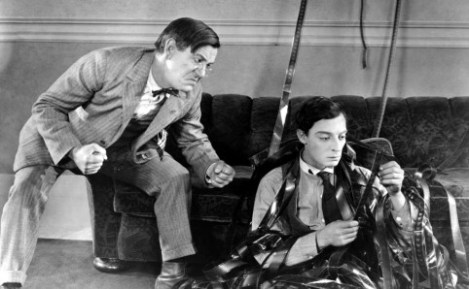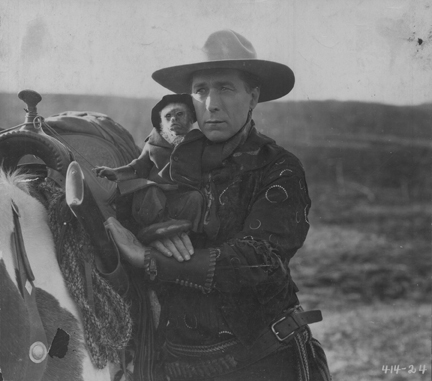I made it to Puno several days ago for what was to be the high point of my trip. Of course, I am referring to the altitude of 12,500 feet. Tomorrow I venture out on Lake Titicaca to see the Uros Islands (floating agglomerations of reeds anchored to the lake on which people live) and Isla Taquile. Since today was rainy, I expect the water to be rough, so I purchased some dramamine at the local InkaPharma just to be on the safe side.
If you have been following my posts about Peru, you know that I was fearing the ill effects of soroche, acute mountain sickness. Although I am still occasionally short of breath and have to wake up two or three times during the night, these are considered normal reactions. I took a two-pronged approach:
- I had my doctor prescribe Diamox (generic: acetazolamide). I take one tablet a day, and that does tend to account for several of my night trips to the bathroom.
- I take coca leaves in two forms, both of tea and, when the symptons worsen, I chew the leves directly. It helps to have a high carb diet to go with this.
It’s nice to be able to plan for this sort of thing. In the lobby of Puno’s Casa Andina Classico Tikinari Hotel, I get a big kick out of the whey-faced travelers staggering in with their giant rolling suitcases only to hear they will be picked up at 7 am tomorrow for several tours for which they are totally unprepared and likely to beg off from because their head aches, they are dizzy and nauseous, and in general remorseful for ever having signed up for their trip.
On Saturday, I board the Andean Explorer, a famous train that crosses the altiplano from Puno to Cuzco. That’s where you’ll hear from me next.










You must be logged in to post a comment.